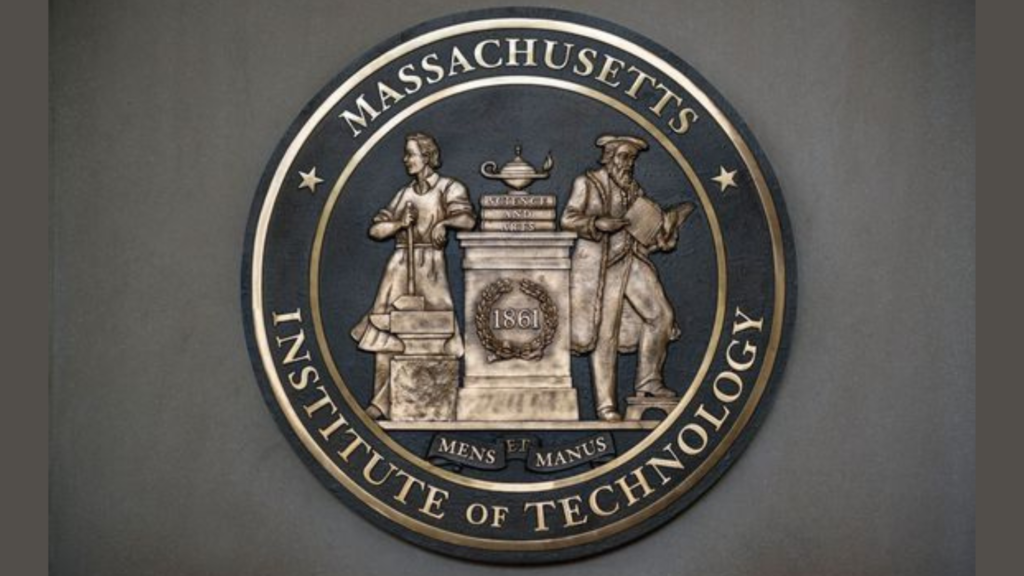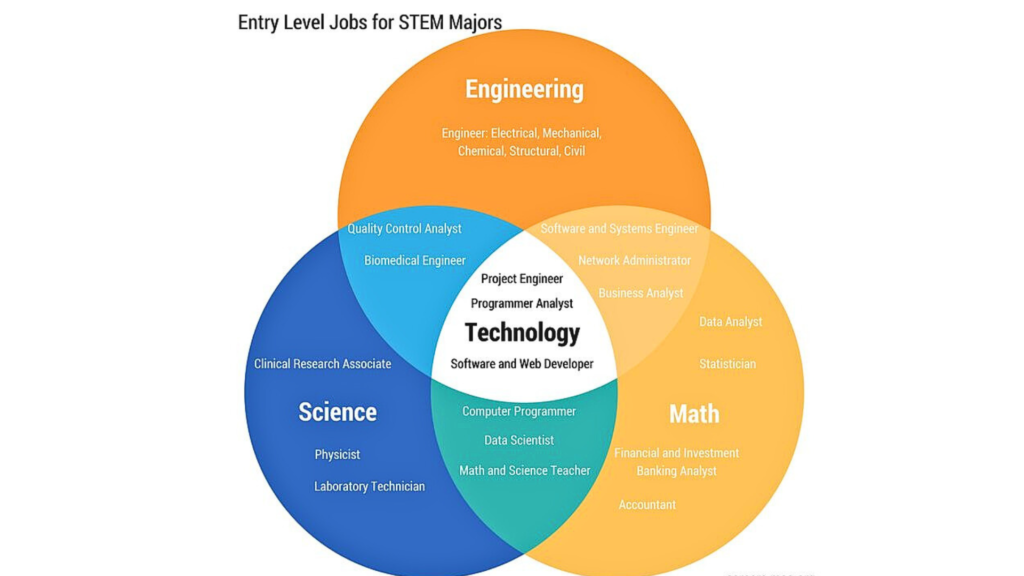The decision to attend a particular university is often heavily influenced by the prospects for earnings after graduation. For this reason, a lot of individuals keep an eye out for the universities producing the highest-paid graduates.
After all, if you’re going to spend a ton of money and several years of your life getting a degree, you’d want to see a high return on your investment—at least enough to pay back all those student loans.
Indeed, there are several universities that produce graduates who command some of the highest starting salaries in America. They may even be ranked among the most prestigious universities in the U.S. when it comes to graduate salaries—and no—they’re not Ivy League schools. Let’s explore them.
Who Are the Highest-Paid Graduates?
The top highest-paid graduates tend to come from colleges that prioritize STEM (science, technology, engineering, and mathematics) education. These fields are in very high demand, and companies are willing to pay top dollar for skilled talent.
According to a new report from salary data provider Payscale, there’s one college that outpaces the others. This institution is none other than the Massachusetts Institute of Technology (MIT).

It’s been discovered that out of almost 1,500 universities ranked, former MIT graduates earn a median income of $196,900 a decade after graduating, making them the highest-paid graduates.
Beyond the Ivies, colleges and universities that have robust STEM programs finished strong. As MIT was ranked first, the United States Naval Academy (USNA) claimed third place, Harvey Mudd College in fourth place, and the California Institute of Technology in thirteenth place.
ALSO READ: Top 10 Colleges for Financial Aid—Including One Ivy League School
Which University Graduates Get Paid the Most?
While the top few schools producing the highest-paid graduates often come from STEM-focused institutions, it’s important to emphasize that universities from a variety of disciplines also make the list.
Here’s a list of 10 universities with the highest-paid graduates ranked according to Payscale’s salary data provider:
- Massachusetts Institute of Technology, Cambridge, Massachusetts
Early career pay: $110,200
Mid-career pay: $196,900
- Princeton University, Princeton, New Jersey
Early career pay: $95,600
Mid-career pay: $194,100
- United States Naval Academy, Annapolis, Maryland
Early career pay: $96,700
Mid-career pay: $187,800
- Harvey Mudd College, Claremont, California
Early career pay: $115,000
Mid-career pay: $185,900
- Babson College, Wellesley, Massachusetts
Early career pay: $90,600
Mid-career pay: $181,400

- Stanford University, Stanford, California
Early career pay: $102,300
Mid-career pay: $181,200
- Santa Clara University, Santa Clara, California
Early career pay: $91,000
Mid-career pay: $179,500
- Dartmouth College, Hanover, New Hampshire
Early career pay: $92,300
Mid-career pay: $178,700
- University of Pennsylvania, Philadelphia, Pennsylvania
Early career pay: $92,500
Mid-career pay: $178,300
- Harvard University, Cambridge, Massachusetts
Early career pay: $95,600
Mid-career pay: $177,400
The top 10 included four Ivy League universities: Harvard University, Princeton University, Dartmouth College, and the University of Pennsylvania.
Do College Graduates Earn More Than Those Without a Four-Year Degree?
The answer is yes. Indeed, those with a four-year degree make more money than those without one. Several studies have shown that compared to people who only have a high school diploma or an associate’s degree, people with a bachelor’s degree usually earn far more during their lifetimes.
According to U.S. Bureau of Labor Statistics research, those who have a bachelor’s degree typically make $1.2 million more than people without one over the course of their lives.

This earnings gap is even wider for graduates from institutions like MIT, which offers programs specifically designed for high-demand industries like technology and engineering.
Additionally, college graduates are more likely to have access to higher-paying positions with perks like health insurance and retirement plans, as well as opportunities for career advancement. In today’s job market, having a degree has become practically a necessity for many of the highest-paying jobs.
ALSO READ: Top Ten U.S. States With the Highest Student Loan Debt
What Is the Role of STEM in Shaping the Top 10 Highest-Paid Graduates
It is not surprising at all that many colleges with the highest-paid graduates prioritize STEM education. Yet some of the best-paying jobs available today are in fields that are in high demand, like biotechnology, computer science, engineering, and data analytics. These industries are growing at a rapid pace, and companies are willing to pay premium salaries to attract top talent.

Schools like MIT, Harvey Mudd, and Stanford are able to charge premium tuition because they deliver good ROI through high post-graduation salaries. So for students looking for high-paying careers, these universities are some of the best choices because of their STEM focus and industry connections.
Key Factors Beyond Top Universities That Lead to Career Success and High-Paid Income
Even if attending a school like MIT or Harvey Mudd does help graduates secure high-paying jobs, there are other factors that play into career success. These include participating in internships and co-op programs; building a strong professional network; and specializing in skills with high demand like data science, artificial intelligence, and software development.
Naturally, the field you major in and the type of job you can get after graduating can also affect your income. According to Payscale, students who choose to study science, engineering, or mathematics often make more money than those who choose to study liberal arts after graduation.

The highest-paying major overall is petroleum engineering, with graduates making an average of $212,000 after working for 10 or more years.
So whether you study at MIT, Harvey Mudd, Stanford, or another STEM-focused school, one thing is clear: universities that equip their students with in-demand skills and connect them with top employers will continue to lead the way in producing the top 10 highest-paid graduates.

